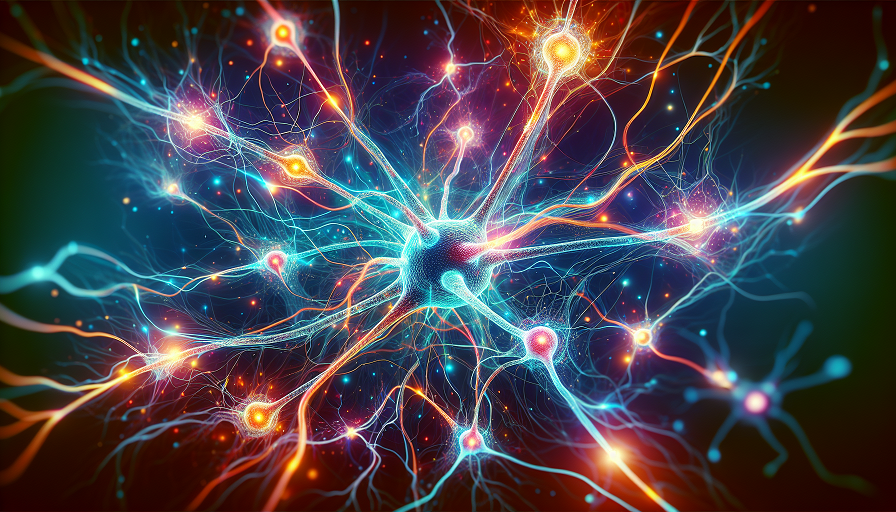
Yes, exposure to lightning storms may influence neural excitability through a combination of electromagnetic effects, heightened sensory stimulation, and psychological arousal. While direct scientific research is limited, emerging studies on atmospheric electricity, electromagnetic fields, and emotional awe suggest that storms can temporarily alter brain activity and perception.
Contents
Neural Excitability Explained
Neural excitability refers to how easily neurons fire in response to stimulation. Higher excitability can enhance alertness, sensory awareness, and reaction time, but excessive excitability may contribute to anxiety or overstimulation. Environmental factors – including light, sound, and electromagnetic fields – can all influence this balance.
Electromagnetic Fields and the Brain
Lightning generates powerful electromagnetic fields and emits a wide spectrum of frequencies, some of which overlap with natural brainwave rhythms. Research on electromagnetic exposure suggests:
- Low-frequency electromagnetic fields can entrain neural oscillations, affecting mood and attention.
- Atmospheric electricity, such as Schumann resonances (global electromagnetic frequencies), may interact with human brainwave activity.
- Storm-generated electrical fields could temporarily shift excitability thresholds, although evidence remains preliminary.
Sensory Stimulation During Storms
Beyond electromagnetic exposure, storms create intense sensory input:
- Flashes of light: Bright, sudden lightning bolts activate the visual cortex and heighten alertness.
- Thunder: Low-frequency sound waves stimulate auditory pathways and trigger a startle response, increasing excitability.
- Atmospheric pressure shifts: Rapid barometric changes may influence vestibular and limbic systems linked to arousal and mood.
The Psychology of Awe and Fear
Lightning storms are awe-inspiring, blending beauty with danger. Awe has been shown to:
- Expand cognitive flexibility and creative thinking.
- Activate the default mode network, encouraging reflection and abstraction.
- Boost dopamine release, which enhances motivation and curiosity.
At the same time, fear responses can heighten vigilance and sharpen sensory perception – short-term effects of increased neural excitability.
Potential Benefits of Storm Exposure
- Enhanced sensory alertness: Heightened responsiveness to visual and auditory input.
- Boosted creativity: Awe-induced neural shifts may fuel imaginative thought.
- Stress release: Some people find storms cathartic, providing emotional reset.
Risks and Downsides
- Anxiety: Individuals sensitive to overstimulation may experience fear or stress.
- Sleep disruption: Storm-related sensory overload can disturb rest.
- Electrical sensitivity: Though controversial, some claim heightened sensitivity to electromagnetic changes.
Comparisons with Other Environmental Stimuli
Like exposure to natural sunlight or ocean waves, storms provide multisensory stimulation. However, lightning storms are unique for their sudden, high-intensity inputs, which may produce stronger but less predictable effects on neural excitability.
How to Experience Storms Safely
- Watch storms from a safe, sheltered location indoors.
- Use the experience as a mindfulness practice – observe sights and sounds without judgment.
- Journal thoughts and creative insights sparked by the heightened arousal of storm exposure.
- For sensitive individuals, limit exposure or pair storm watching with calming practices like deep breathing.
The Bottom Line
Exposure to lightning storms can influence neural excitability through electromagnetic fields, sensory arousal, and the psychological effects of awe and fear. While scientific validation is still developing, storms remain a powerful natural phenomenon that temporarily heightens awareness, creativity, and brain activity – though they may also overstimulate sensitive individuals.

